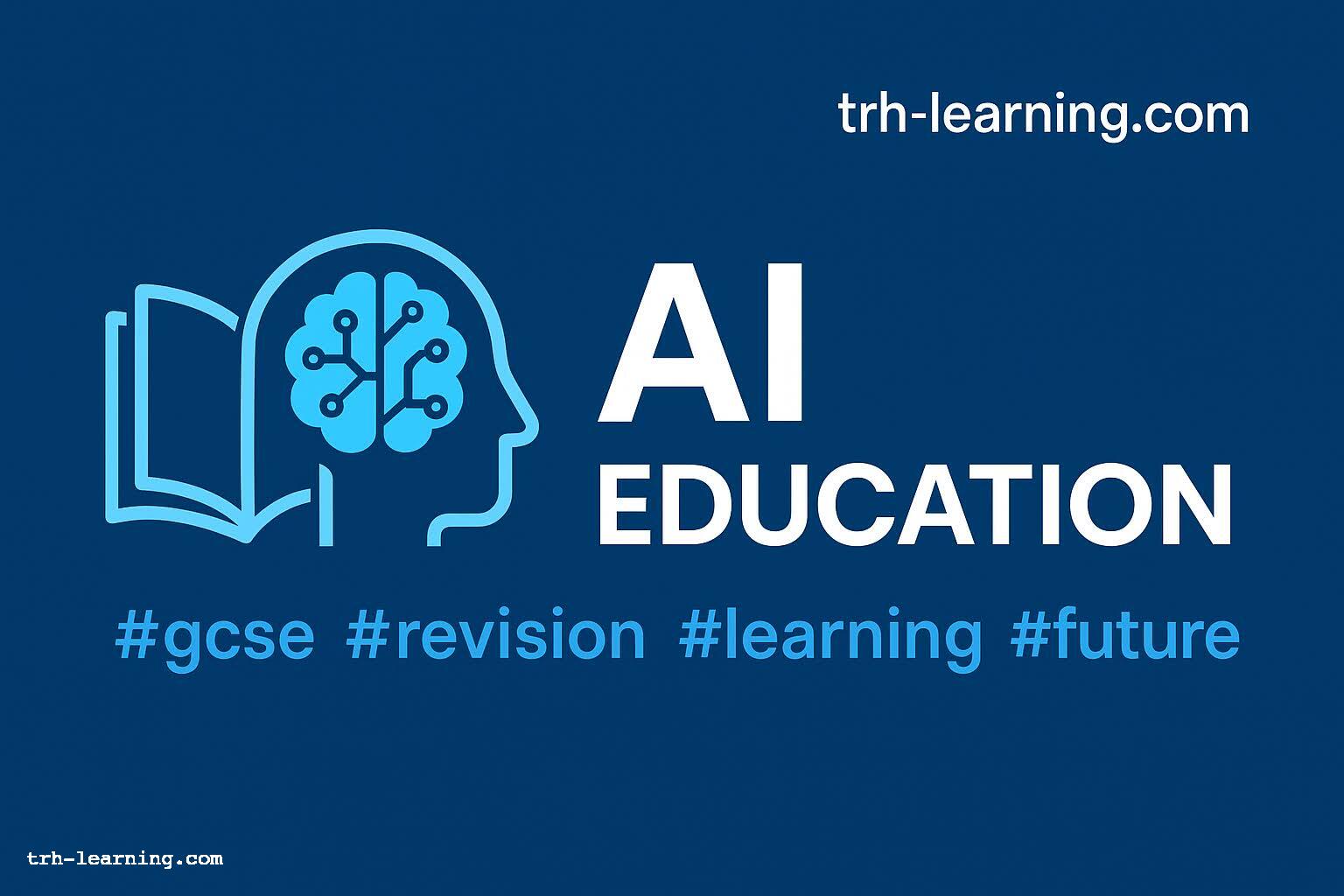"GCSE Physics Focus: Understanding Forces Through Virtual Reality Simulations"
Understanding Forces Through Virtual Reality Simulations
Exploring Forces with Virtual Reality in GCSE Physics
Virtual reality (VR) is revolutionizing the way students learn about forces in GCSE Physics. By immersing students in interactive simulations, VR provides a unique opportunity to visualize and understand complex concepts.
Benefits of Using VR in Physics Education
- Enhanced Engagement: VR captures students' attention, making learning more engaging and enjoyable.
- Improved Understanding: Students can visualize forces in action, aiding comprehension of abstract concepts.
- Safe Experimentation: VR allows for experimentation without the risks associated with physical labs.
Key Concepts in Forces Explored Through VR
VR simulations can help students explore various force-related concepts, such as:

- Newton's Laws of Motion: Interactive scenarios demonstrate how these laws govern the movement of objects.
- Friction and Gravity: Simulations show how these forces affect motion and stability.
- Vector Forces: Students can manipulate vectors to see how different forces interact.
Implementing VR in the Classroom
To effectively integrate VR into the GCSE Physics curriculum, educators should consider the following steps:
- Select Appropriate Software: Choose VR applications that align with the curriculum and learning objectives.
- Provide Training: Ensure both teachers and students are comfortable using VR technology.
- Incorporate Assessments: Use VR to conduct assessments that evaluate students' understanding of forces.
Conclusion
By incorporating VR into GCSE Physics, educators can provide a dynamic and interactive learning experience that enhances students' understanding of forces. This innovative approach not only makes learning more engaging but also prepares students for future technological advancements in education.
Browse Categories 📚
Ready to boost your learning? Explore our comprehensive resources above, or visit TRH Learning to start your personalized study journey today!